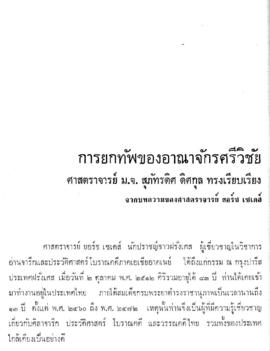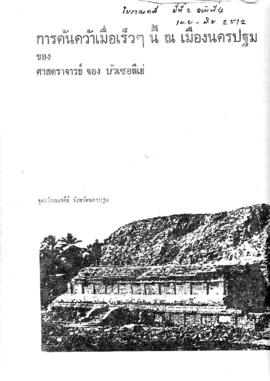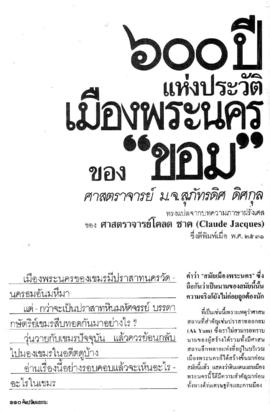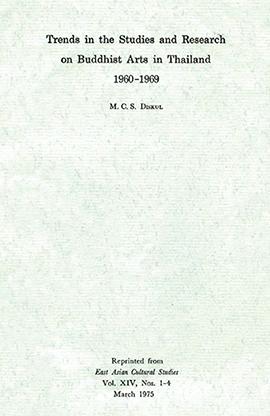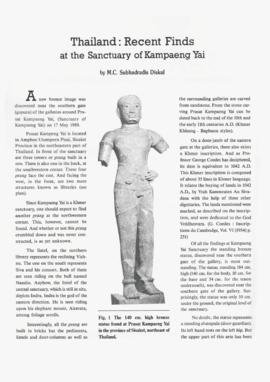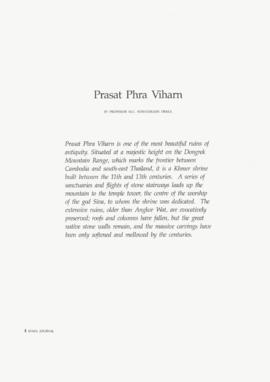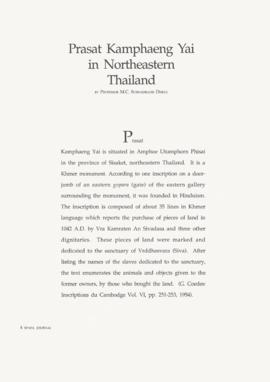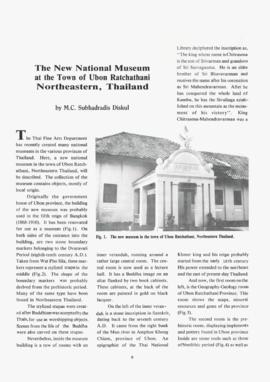- TH Subhadradis 02 ACAR-02-003
- Item
- 2514
Part of บทความ
จารึกของอาณาจักรศรีวิชัยที่เก่าที่สุดสลักอยู่บนก้อนหินซึ่งค้นพบที่เกดุกัน บุกิต เชิงเขาเซกุนตัง เมืองปาเล็มบัง ในเกาะสุมาตรา ศาสตราจารย์เซเดส์ มีความเห็นแย้งกับนักโบราณคดีอื่นที่สันนิษฐานว่า อาณาจักรศรีวิชัยตั้งขึ้นเมื่อ พ.ศ. 1225 แต่ ศาสตราจารย์ เซเดส์ คัดค้านว่า อาณาจักรศรีวิชัยได้ตั้งมาก่อนหน้านั้น สิ่งสำคัญในจารึกก็คือ ระยะเวลาการออกเดินทางจากราชธานีและการยกทัพออกจากจุดที่ยกพลขึ้นบก รวมทั้งระยะเวลาที่อาณาจักรศรีวิชัยได้ครอบครองประเทศ (วเนา) อาจสรุปได้ว่า จารึกนี้เป็นจารึกเพื่อฉลองการยกทัพของอาณาจักรศรีวิชัยที่มีชัยชนะต่อประเทศกัมพูชา โดยมีหลักฐานสนับสนุนดังนี้ 1) ระยะเวลาที่พ้องกันพอดี คือ พ.ศ. 1225 เป็นระยะเวลาสุดท้ายแห่งรัชกาลของพระเจ้าชัยวรมันที่ 1 2) พระราชาแห่งราชอาณาจักรศรีวิชัยทราบพระนามว่า ชัยนาศ ซึ่งอาจหมายถึง ผู้ทำลายชัยชนะ (ของศัตรู) หรือหมายถึง ผู้ทำลายชัย คือ พระเจ้าชัยวรมันที่ 1 4) คำว่า มินางะ ตามวัน อาจมาจากคำพื้นเมืองซึ่งหมายถึงกลุ่มชนชาติล้าหลัง.
ศ. ม.จ. สุภัทรดิศ ดิศกุล

